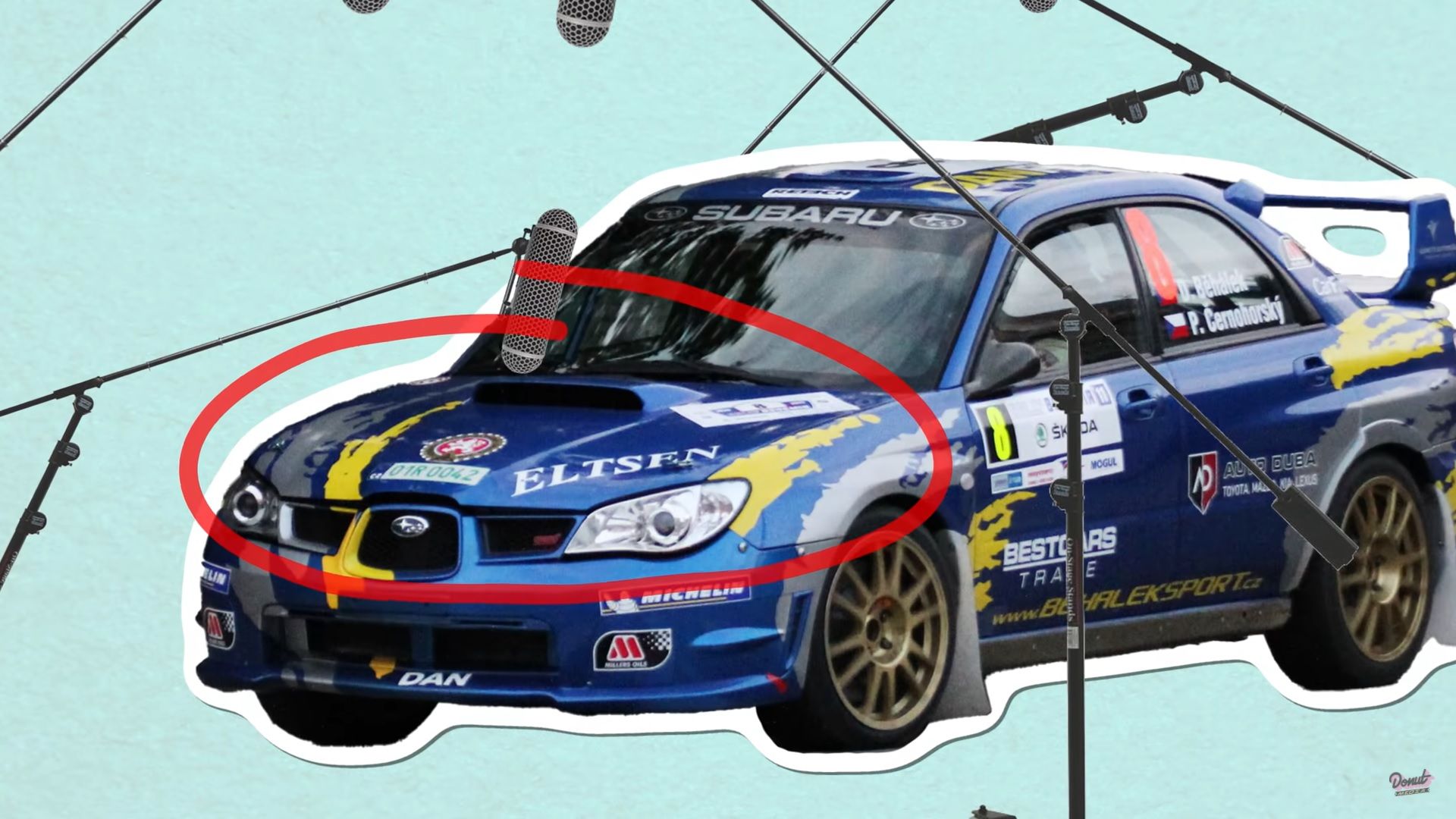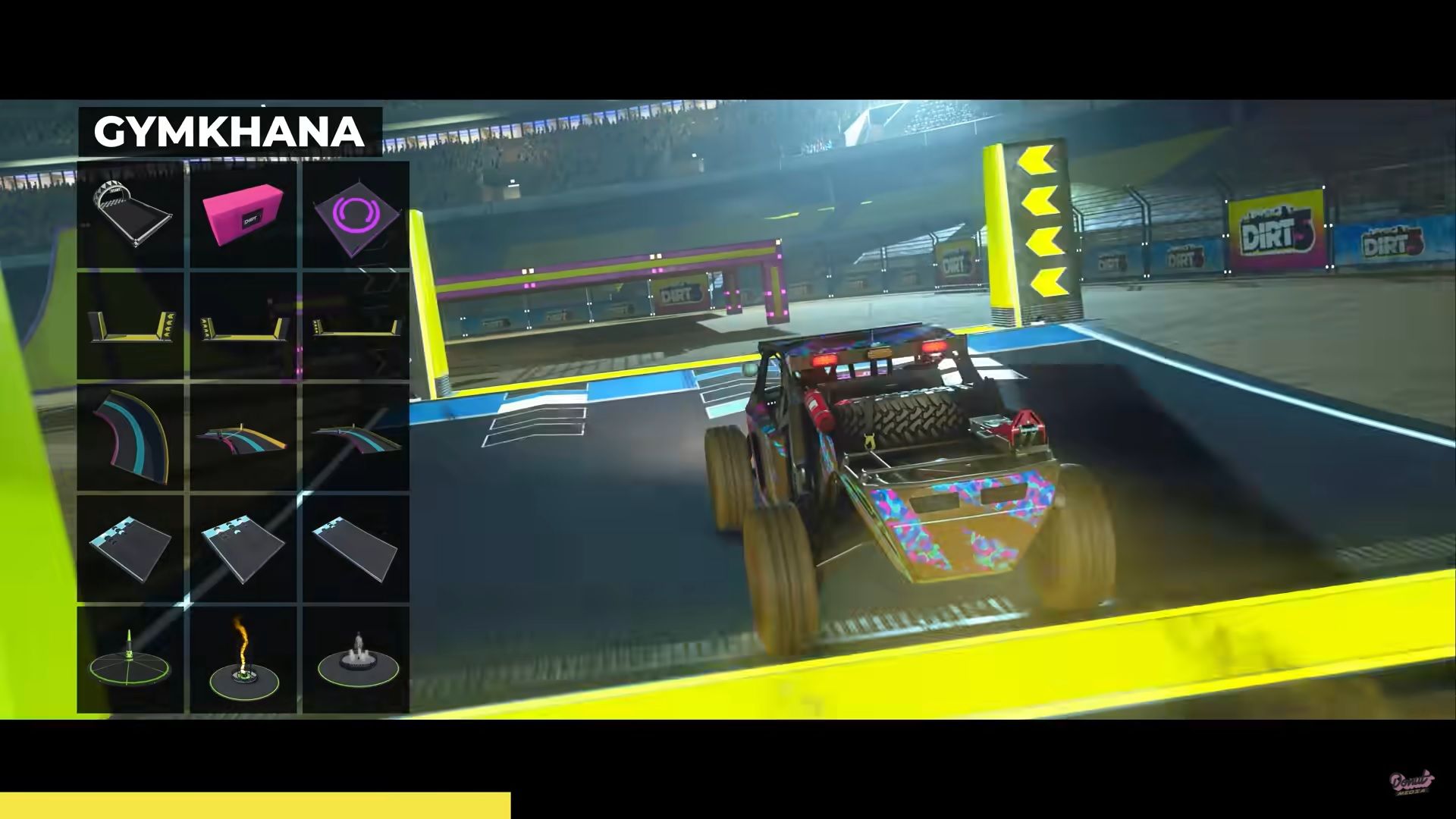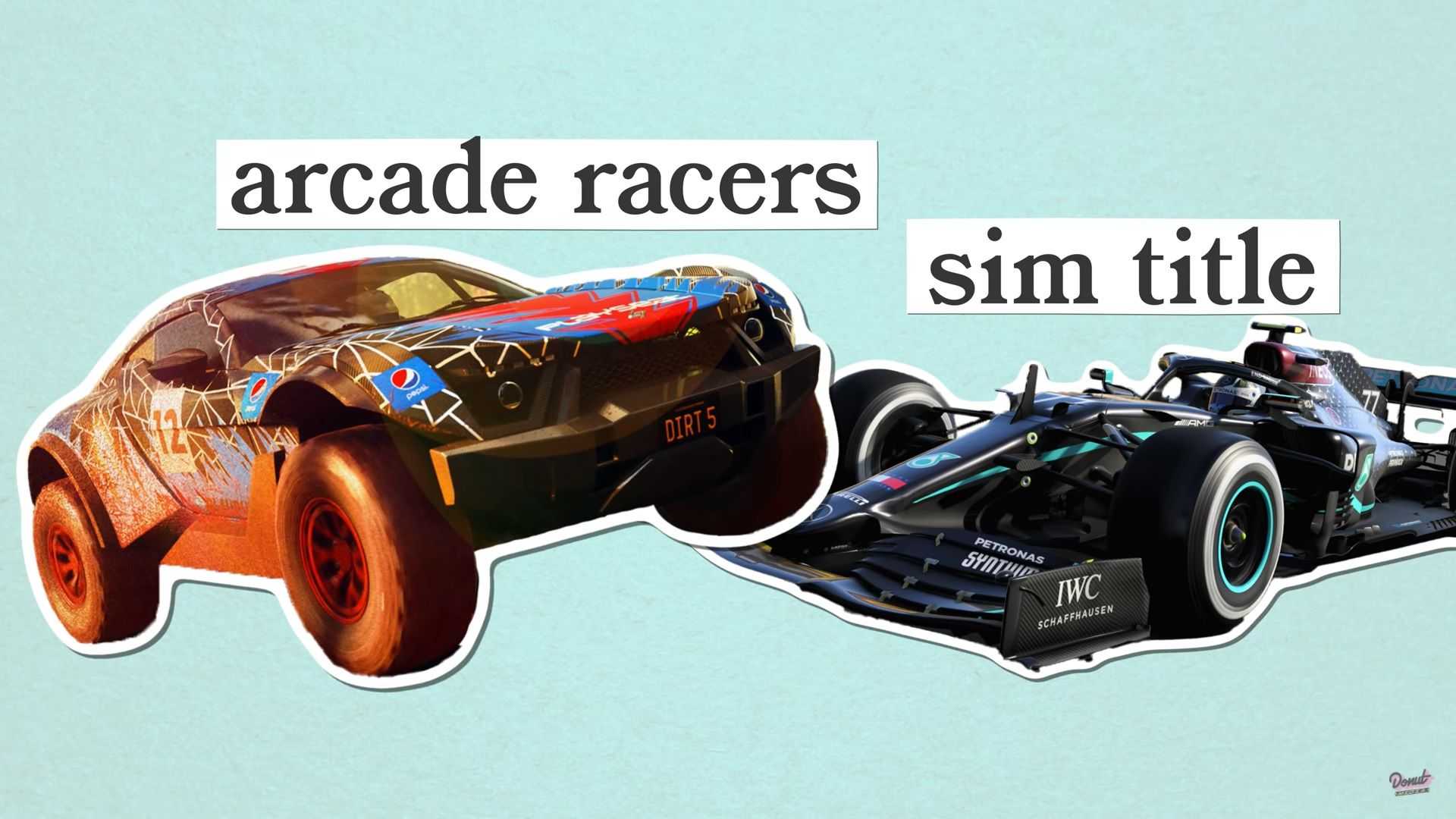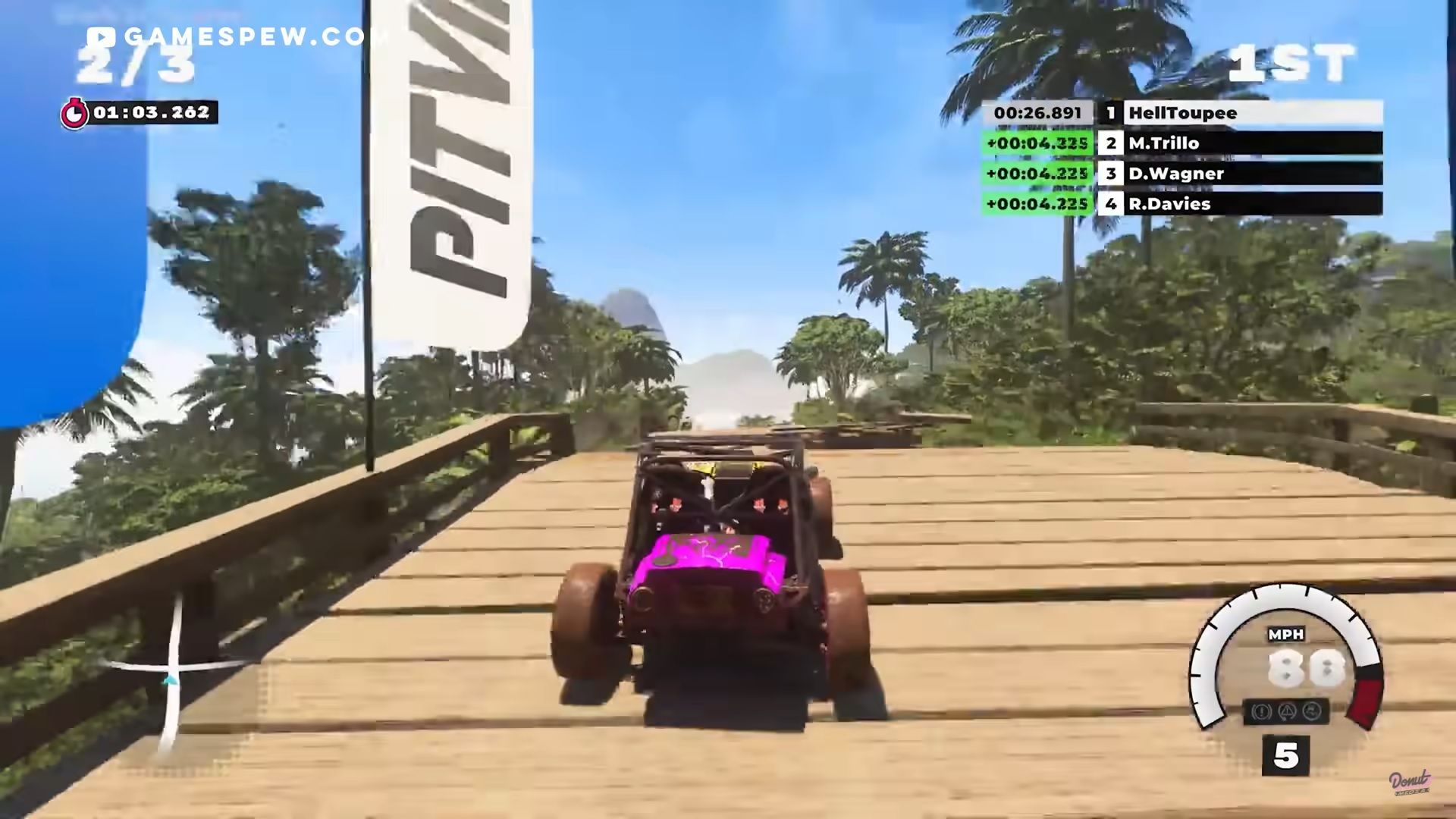Nowadays, thanks to the awesome possibilities that are within reach for most next-gen racing titles, our list of demands is continuously expanding and, almost always, a large selection of cars is at the top of the list with the prerequisite that the cars have to look good and sound amazing. But the job of getting a car, any car, into a modern video game isn't easy because, well, stuff like 3D-scanning and an ultra-realistic physics engine are both complicated to do and expensive.
'The Times Are-a-Changin'
Remember the days you'd hit the arcade room to get the weekly video game fix? Stuff like Sega's Outrun or Hang-On for those of you who were into bikes were seemingly always on the menu and beating the clock - which was mandatory if you wanted to keep playing - was incredibly satisfying. Sure, those of you born after the dawn of the home computer and the home-bound consoles may not share such memories but you can probably recall the first time you booted up Gran Turismo or, say, a title from the Need For Speed franchise.
Many of you - and us - grew up with the desire to not only see and hear the cars that we experienced in our games, but also to drive them and, if possible, own them. There are countless fans who 'blame' Gran Turismo 3 for their love of obscure Japanese sports cars and racing cars (the 1997 TOM's Castrol Toyota Supra GT500, anyone?) while those who've poured in many a day playing the two NFS: Underground games in their youth are, likely, fans of tuning - maybe not fans of pricing but I digress.
As the years rolled by, video games got better and better to the point that, today, photorealism is almost a given when it comes to the latest titles, be it the most recent GTA game or Call Of Duty or, going back to our topic, the latest installment in the Forza Motorsport series or Gran Turismo. The cars and the surroundings are no longer 32-bit nods to the real thing. Just watch this trailer for the eighth simulator in the Forza Motorsport series. It looks like real life. And it doesn't just apply to sims, the more arcade-ish titles also present themselves with graphics that are utterly mind-bending.
How it's being done today
But, once again, they have to. If you show up with a game featuring poor shaders, no anti-aliasing, sub-par draw distance, lackluster effects, and so on and so forth it's simply not gonna cut it. Your game will flop. To have something that may become a hit you must invest a lot of money during the development phase.
Thanks to the latest available technology, you can basically take a real car and effectively port it into a game. The catch is that that whole process ain't easy.
The guys over at Donut Media got to sit down and talk (online, of course) with the team behind Codemasters' most recent racing titles including the F1 series, GRID, and the DIRT series too (of which there's another installment one just around the corner). The three main steps are: choosing the cars, modeling them, and, finally, crafting the physics for each individual car so that it handles the way the programmers want it to handle depending on the game itself - more arcade-y if it's something like Burnout Paradise or more realistic if it's Assetto Corsa Competizione.
The first step is dictated by the general direction of the game. For instance, the F1 games only feature Formula 1 machinery, Assetto Corsa Competizione allows you to drive all of the cars homologated to race in the SRO's GT World Challenge championships and, finally, something like NFS: Porsche Unleashed only came with a selection of Porsche models to choose from. In the case of the upcoming DIRT game, DIRT 5, the devs had the chance to spread out as all DIRT games pack a variety of racing disciplines to make it as appealing as possible for as many people as possible. So you've got everything from WRC cars (more a tribute to the old days of Colin McRae Rally than anything else these days), Baja trucks, short track beasts, buggies, and everything in between. In that scenario, it's up to the devs to choose which cars they want from each discipline and that boils down oftentimes to what licenses are available to pick up and personal preference, coupled with what the customers would like to see in the game.
As the video explains, the process of getting the licensing rights for some cars is quite arduous which is why you see consecutive titles from the same company oftentimes re-use cars you've seen before - because the license is already in their hands and the model is there too, which means it can be used as a base or it can be upgraded and introduced in the new game. That's important because modeling is no simple task. Back in the day, before 3D scanning was a thing you had to model a car by virtue of photographs.
If that wireframe has many, many, many dots (or, in other words, links in the wireframe itself), you can achieve a greater level of detail. The programmers, however, use the term 'triangles' to determine the poly count of a model, a high-poly model being a high-quality one. How many polys go into such a model? It depends on the engine and the platform but you're looking at anywhere between 15,000 polys and as many as 40,000.
The job of getting the car in the game for the modeler to get his hands 'dirty' is nowadays somewhat easier and it doesn't necessarily involve taking pictures as you're using a hand-held 3D-scanner with which you simply scan the car from end to end, no detail spared. To make that happen, the real car is actually covered in a wireframe which is then recreated inside the computer program. Having said that, we've seen modelers create some gorgeous-looking models without such expensive equipment, simply modeling the cars' bodies from scratch the old-school way. But it does help if you have access to the latest tech wizardry available (including when you get to the point where you record the sounds)!
Up next on the list is the most important bit of the job: making the car move, creating its handling characteristics. We've rarely seen gamers complain of the way a car looks in a game (unless it really looks appalling or if it's been rendered poorly inside the game) but we've often seen folks complain that their experience playing the game has been ruined by something pertaining to physics (those who've played iRacing, for instance, know full well how hard it's been to coax the programmers of iRacing to re-work tire model in that sim).
Getting the physics right is tricky for a number of reasons, all of which are explained in the video, but we'll just say that it all begins with your decision on whether you're having a hardcore simulator or a more relaxed arcade-y game. In the case of the sim, you want the world to interact with the car in as real a way as possible to the point that you have the virtual race cars to go as fast on the virtual tracks as their real counterparts do on the real tracks. And you want realistic tire degradation, fuel usage, mechanical wear, and damage model too.
In arcades, there's a balancing act on display between sim-like realism and what Codemasters' devs call 'perceived realism', as well as something they call 'helpers'. Check the video to find out what all these things are and more!





